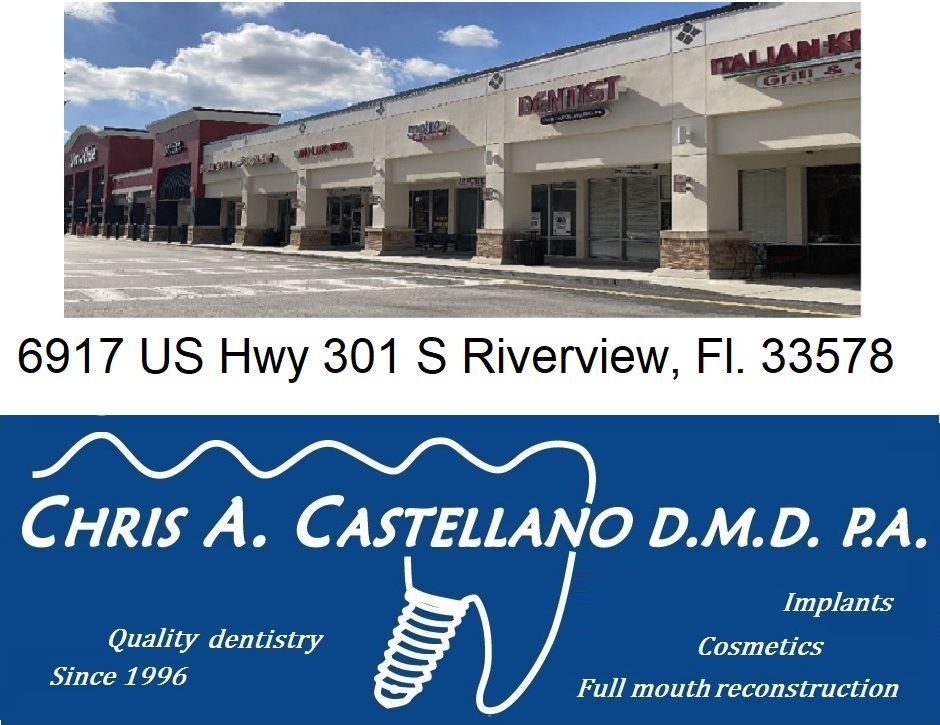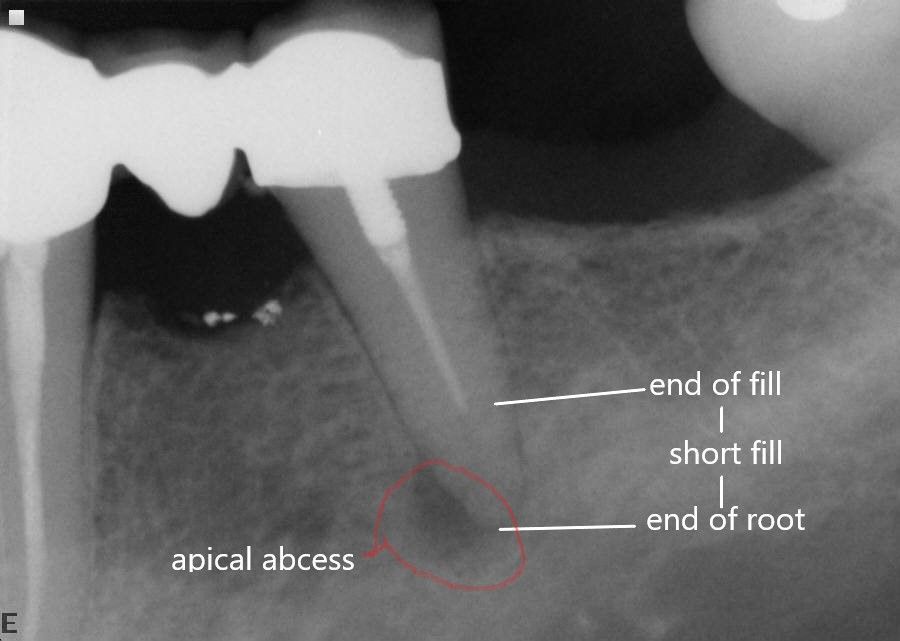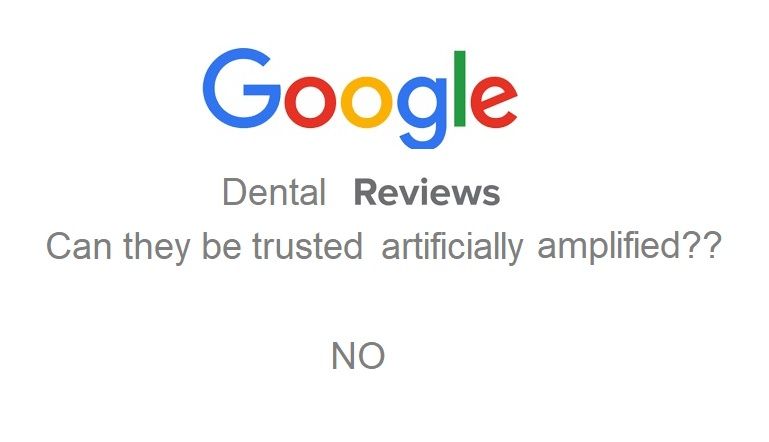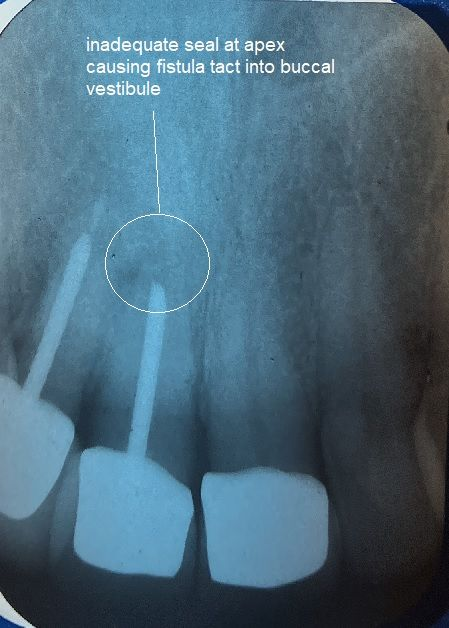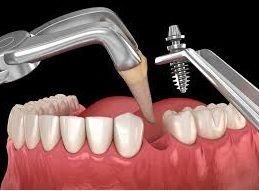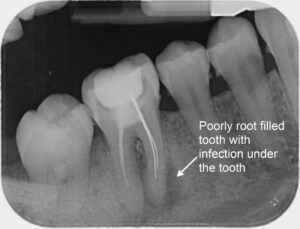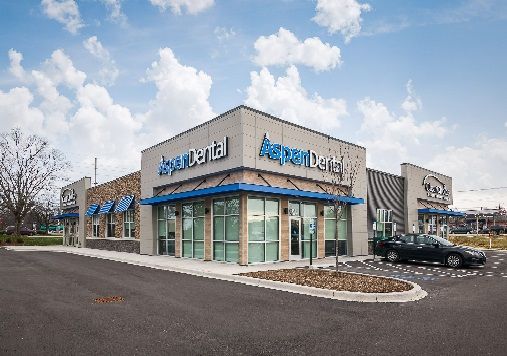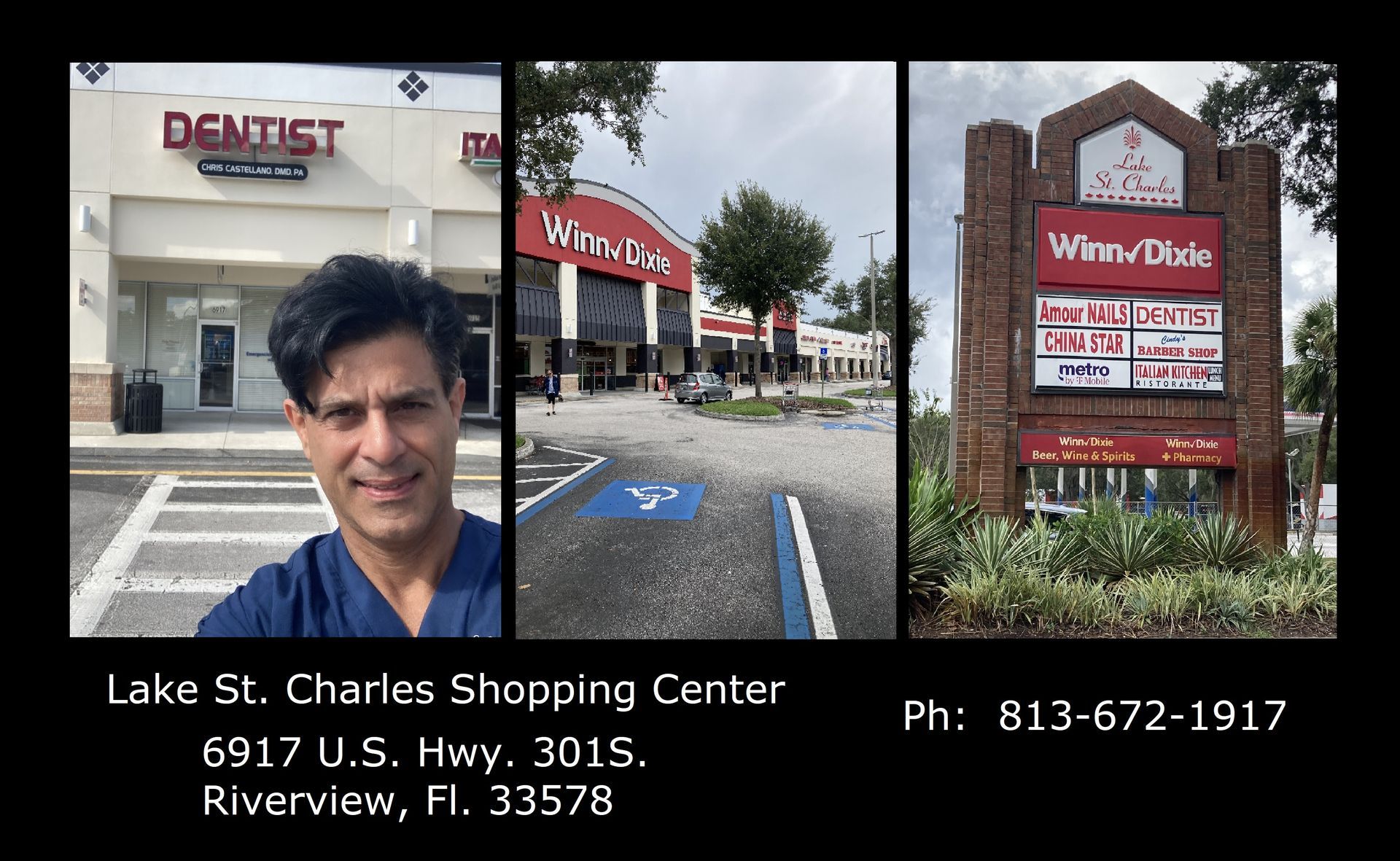What’s a "Short Fill" in a Root Canal and why is it bad??

properly done root canal with seal to end of root tip
When performing a root canal, the goal is to clean, shape, and fill the entire length of the root to the tip (apex). A short fill happens when the filling material doesn’t reach all the way to the end.
Why a short fill root canal matters and needs to treated?
- Bacteria can remain in the unfilled space.
- This may lead to continued pain, infection, or failure of the root canal.
- Because the artery and vein are removed so is the immune defense (delivery of white blood cells) dead spaces become a habitat for circulating bacteria
- virulent bacteria can thrieve in these spaces (unfilled undefended areas) causing early failure of root canal
- bacterial infections that over power the immune system lead to abcessing or fistulous tracts around the root both can cause mild to severe bone loss. If untreated a tooth in such condition can become non-restorable. It can also cause bone loss damage to adjacent teeth.
Why does a properly filled root canal work?
- A proper root canal fills the canal to the apex, sealing it completely to prevent reinfection.
What are the syptoms of a underfilled root canaled tooth?
- pain
- bleeding
- oderous bad foul taste
What to do is these syptoms occur and you suspect an underfilled root canal failure?
- get to dentist quick for retreatment to save the tooth
- get the tooth extractedif its none restorable
- get on antibiotics
Saturday and same day emergency appointments are available!
Business Hours
- Mon - Fri
- -
- Sat - Sun
- Closed
